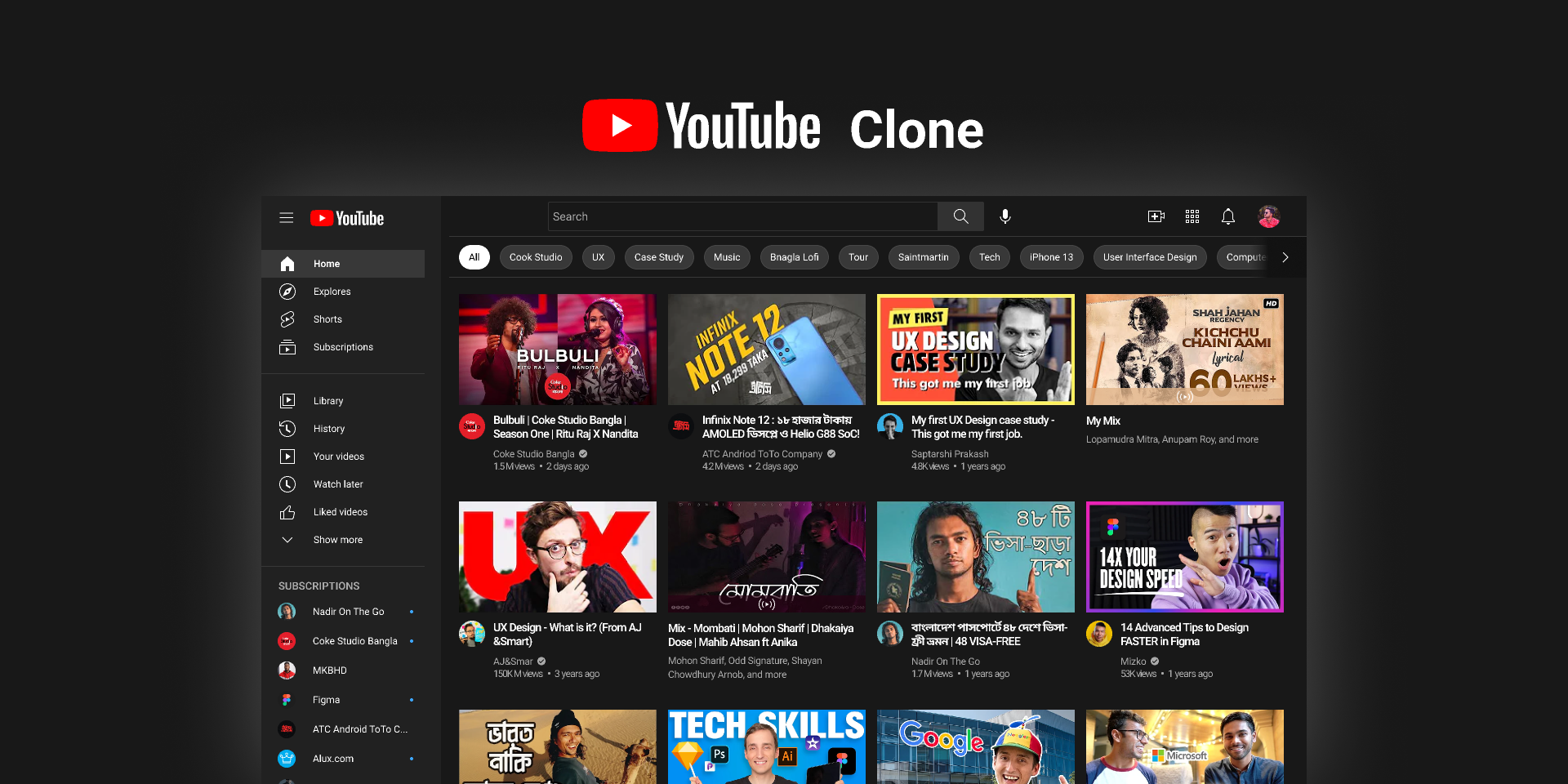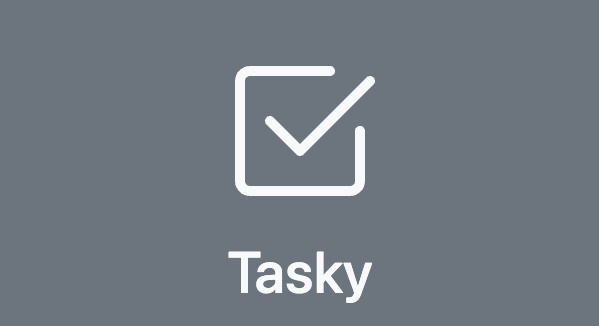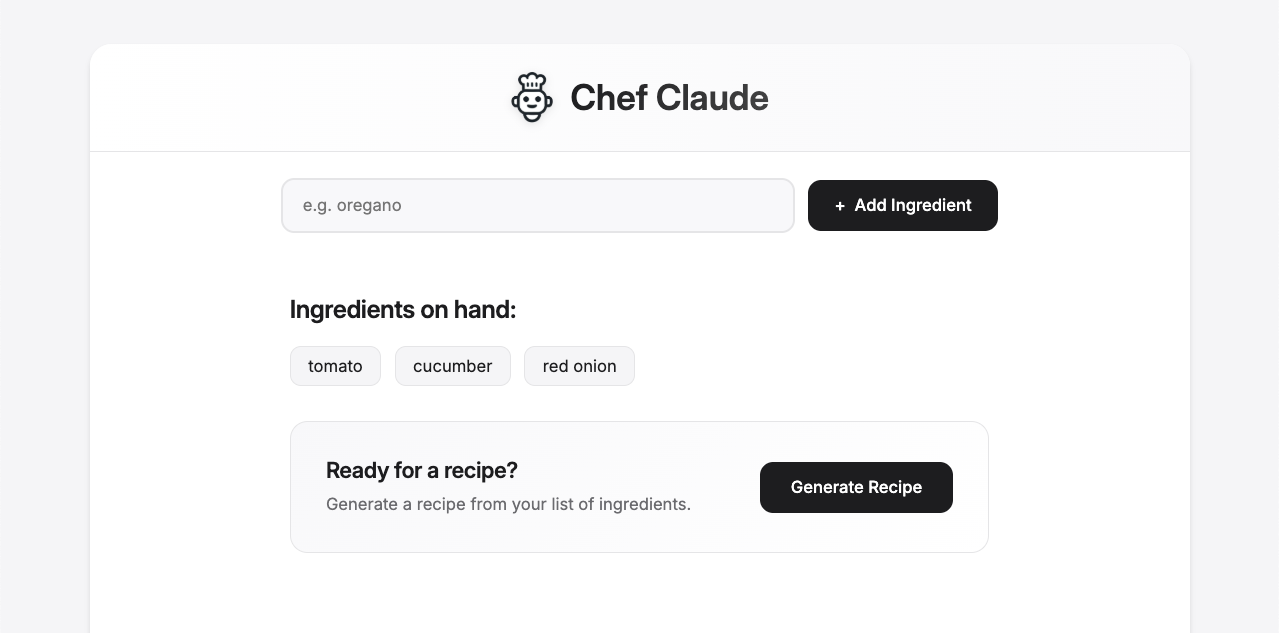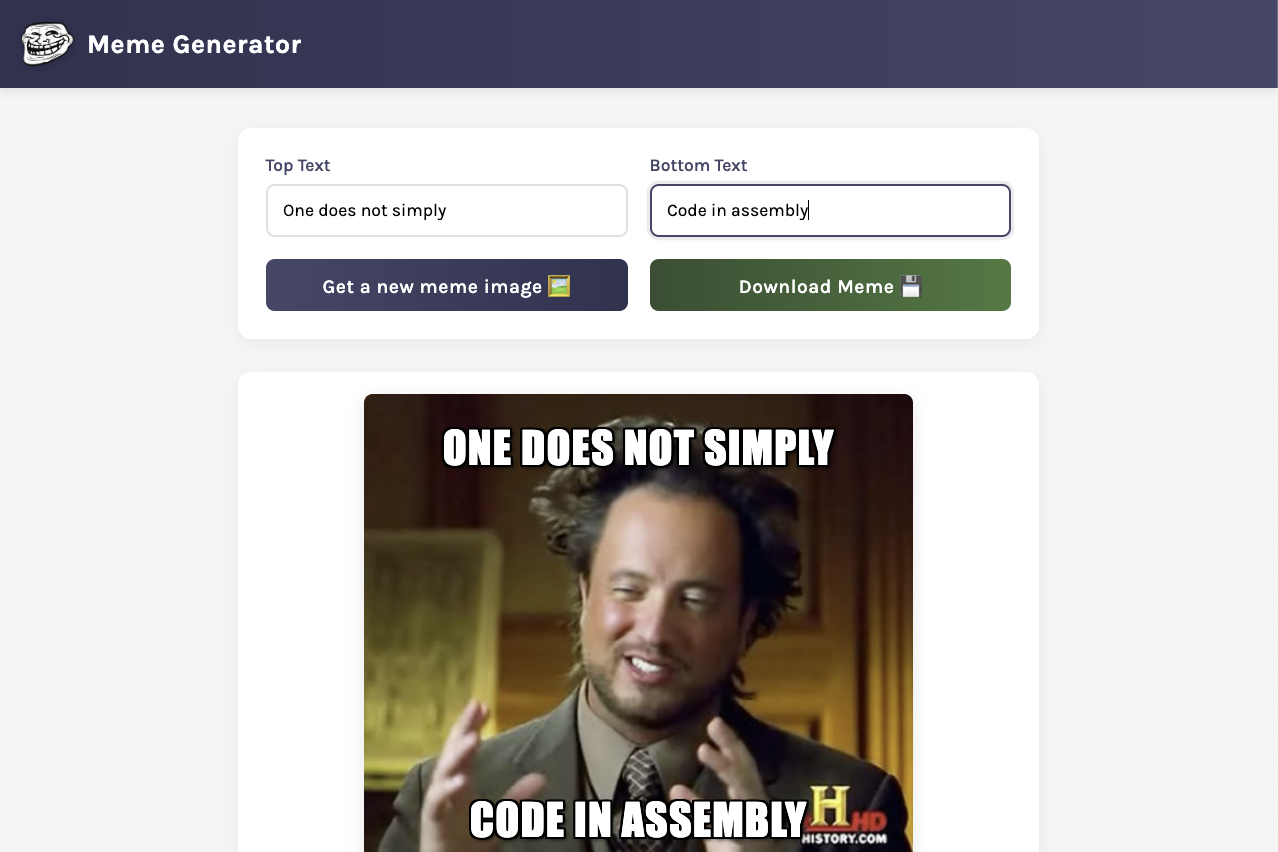Hello world, I'm
Justin Silbiger,
a software engineer.
About

My journey into tech wasn't straightforward. I took a different path that had its own challenges, and I learned a lot along the way. But every step brought me closer to where I am today, always learning new skills and exploring new technologies to build the things that interest me most.
Currently, I am leading the development of the Silbiger Family Tree Database, a web application designed to document and expand upon the genealogy of the Silbiger family. The platform manages a growing list of over 1,200 family members.
Location
New York, NY
Jzsilb@gmail.com
Education
University of Maryland
Technologies
Languages
Frontend
Backend
Database
DevOps
QA
Projects

Silbiger Family Tree Database
The Silbiger Family Tree is a web application designed to document the genealogy of the Silbiger family. It provides a platform for managing and exploring a list of over 1200 family members with an intuitive user interface. This project aims to preserve and expand upon the data from the legacy Silbiger Family Website (launched in 1998).

YouTube Clone
The YouTube Clone project is a web app built with React and Material-UI that mimics YouTube's core features, including video playback, search, and related video suggestions. It uses Axios to fetch real-time video data from the YouTube API via RapidAPI, delivering a smooth and responsive user experience. The app is well-organized with reusable components and a clean, modern design.

ADCO Builders
The ADCO Builders website was designed and developed to showcase their real estate development and construction consulting services with a clean, modern, and professional aesthetic. The site features a responsive design that works seamlessly across all devices, intuitive navigation, and strategically placed call-to-action elements to engage potential clients. The goal was to create a strong digital presence that highlights ADCO Builders' portfolio and expertise while maintaining a sleek and informative user experience.

Patient Care Management System
A full-stack healthcare management solution I built during boot camp. The backend API uses FastAPI with SQLAlchemy for complex data relationships and Pydantic for validation, while the React frontend delivers an accessible user experience with react hooks and the Context API.

JTimes
A global platform I created for accessing accurate Shabbat times based on user location. It provides reliable candle lighting and Havdalah times along with weekly Torah portions and holiday information for communities worldwide.

Tasky - Task Management Application
A full-stack productivity solution I built with React and Django. It offers seamless task management from any device with CRUD operations and secure user data. I deployed it on AWS EC2 for better performance and implemented JWT authentication for a secure yet responsive experience.

Chef Claude - AI Recipe Generator
A React application that generates recipes based on ingredients you have on hand, powered by the Mixtral-8x7B AI model. Features dynamic ingredient list management, AI-powered recipe generation, and responsive design. This project showcases my integration of AI models with modern React patterns for a practical user experience.

Meme Generator
A simple React app that allows users to create custom memes with top and bottom text. This project fetches popular meme templates from the ImgFlip API and provides an intuitive interface for customization. Users can download their creations as JPEG images, showcasing my ability to build fun, interactive web applications with clean UI design.
Experience
Web Development Career Track Boot Camp
Intensive program covering modern web development practices, testing methodologies, and full-stack development with an emphasis on Python and React.
Full-Stack Web Development Boot Camp
Comprehensive boot camp covering full-stack development with focus on modern web technologies, including React.js, Node.js, Python, and advanced database management.
Web Developer
Developed a modern, responsive website for ADCO Builders, showcasing their real estate projects with a clean design and intuitive user experience. Focused on seamless navigation and visually impactful presentation to enhance client engagement.
Applied Software Engineering Fundamentals
This specialization provided a comprehensive foundation in software engineering through hands-on projects and real-world tools. It covered key topics including version control with Git and GitHub, collaborative development workflows, Linux terminal commands, Bash scripting, and job automation using Cron. Learners developed Python applications using core programming concepts, APIs, and libraries such as NumPy and Pandas, culminating in the deployment of a language translation web app built with Flask and IBM Watson. Emphasis was placed on the software development lifecycle, collaboration, testing, and modern deployment practices.
Introduction to Programming
This beginner-friendly course provided a structured introduction to Python programming, designed for new or self-taught programmers. It covered essential concepts such as variables, conditionals, loops, functions, and scope, along with foundational computer science principles. Through hands-on assignments, live coding demos, and reflective programming activities, I learned how to break problems down and develop reusable, well-structured code. The course also introduced widely used Python libraries like NumPy, Pandas, Matplotlib, Seaborn, and NLTK, with applications in data analytics and natural language processing.
Programming for Everybody (Getting Started with Python)
This course reinforced the fundamentals of programming using Python, including how to install Python, write simple programs, and work with variables, functions, and loops. It emphasized problem-solving, algorithmic thinking, and core programming principles, providing a solid foundation for further study in software development and computer science.
Python Data Structures
This course introduced core data structures in Python, including lists, dictionaries, and tuples, and showed how to use them to build real-world programs that manage and analyze data. Through hands-on practice, it emphasized reading and writing files, storing information with key/value pairs, and performing multi-step operations like sorting. The course strengthened programming fundamentals and problem-solving skills while advancing understanding of Python's built-in data handling capabilities.